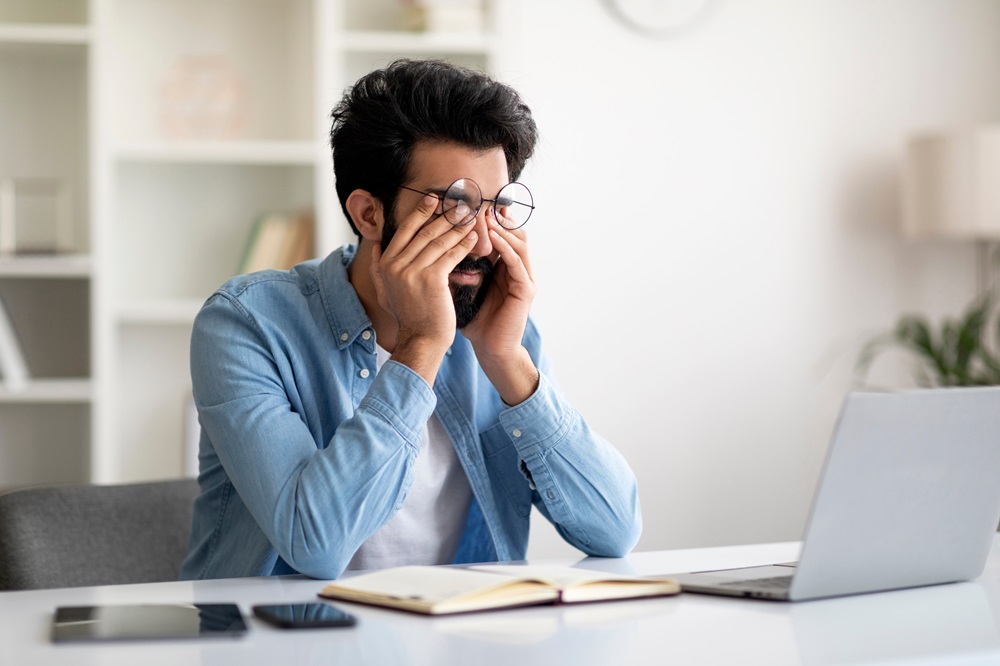Unlock a World Beyond Low Vision
Low vision is a condition characterized by significant vision impairment, often resulting from serious eye diseases or injuries. This condition leads to reduced visual acuity (worse than 20/70) or a diminished field of view. Unlike refractive errors, such as myopia or hyperopia, low vision cannot be fully corrected with glasses, contact lenses, medication, or surgical procedures. The good news is that the team at Accent Vision Specialists provides hope for those living with low vision.

Prevalence and Demographics
Low vision can affect individuals of all ages, but it is more commonly observed among the elderly population. This demographic group is at a higher risk of developing eye diseases like glaucoma, macular degeneration, and cataracts, which are among the most prevalent causes of low vision.
Leading causes of low vision include heredity, eye injuries, brain injuries, and eye diseases like glaucoma, macular degeneration, cataracts, diabetic retinopathy, and retinitis pigmentosa. The severity and type of vision impairment vary, resulting in symptoms such as reduced visual acuity, hazy and blurred vision, blind spots, significant visual field loss, and tunnel vision. In some cases, the extent of vision loss is considered legal blindness (visual acuity of 20/200 or worse in the better eye) or near-total blindness.

Low Vision’s Impact on Daily Life
Low vision significantly impacts daily tasks, making activities like reading, writing, cooking, watching television, driving, and even recognizing people more challenging. A low vision diagnosis can be an emotional adjustment, leading to feelings of isolation and depression, often affecting one's ability to work and function independently.
Visual Rehabilitation and Aids at Accent Vision Specialists
Visual rehabilitation and visual aids play a crucial role in helping individuals with low vision maximize their remaining eyesight. Visual aids include a range of devices such as magnifiers, telescopes, and tools to enlarge images, reduce glare, and enhance contrast. Some aids provide guidance for focusing on non-visual cues like sound or tactile feedback, empowering individuals to adapt and perform daily tasks with greater ease.
Optimizing Daily Life
Improving lighting at home is essential for those with low vision. Experimentation may be needed to find the right lighting conditions that work best. Magnifiers, including handheld, mounted, or stand-alone options, are indispensable tools. Specialized lens tints recommended by optometrists or low vision specialists can enhance vision and reduce light sensitivity in specific conditions. Other strategies include using large print books, digital recordings, and high-contrast writing materials. Additional precautions like high-contrast stripes on steps can enhance safety and independence at home.
If you or a loved one is living with low vision, there is hope. Consult Accent Vision Specialists in Santa Fe for guidance on simplifying life and maximizing independence despite living with low vision.


